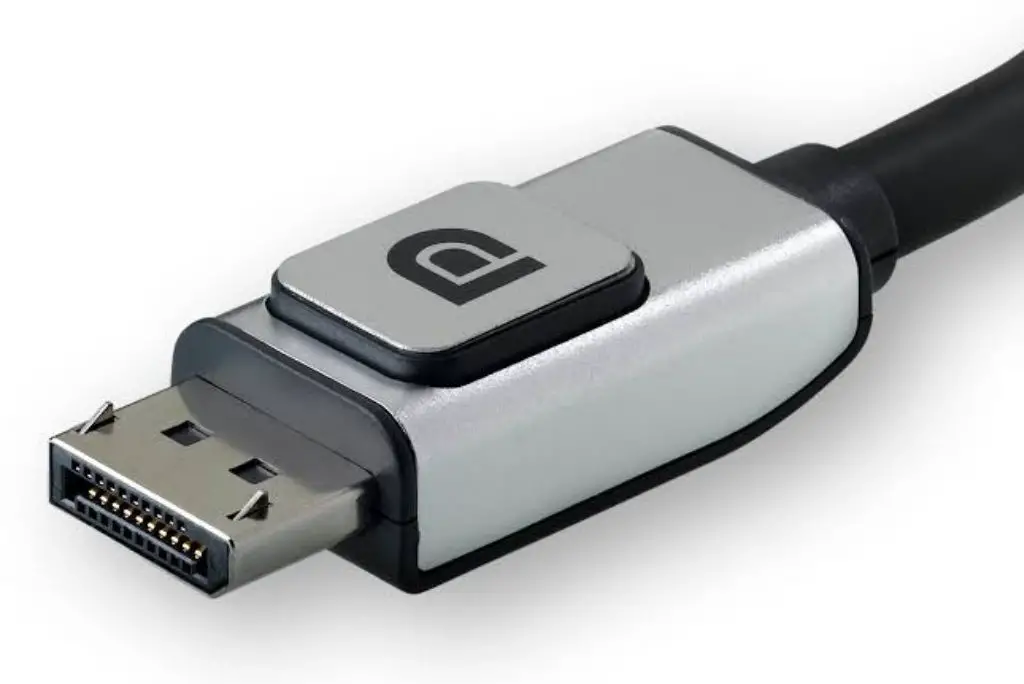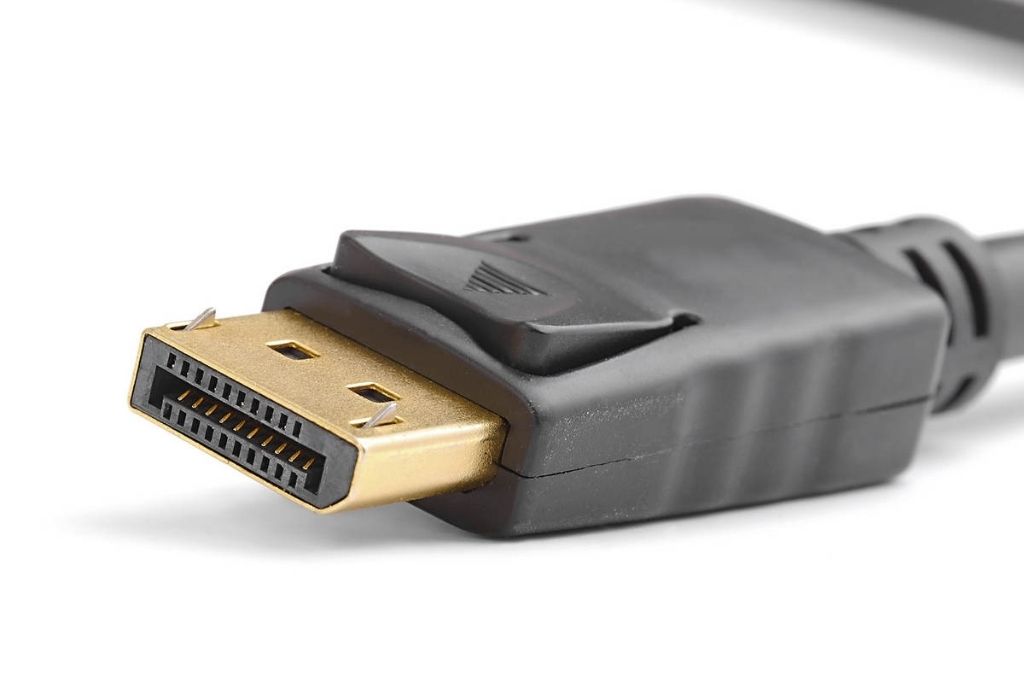A digital interface or more than a cable used to transfer audio or video by a single cable is known as DisplayPort. It is one of the main improved technologies launched by VESA. The focus of the manufacture of this port is to provide a better display for gaming PCs or devices.
That is why the maximum resolution the port can provide reaches 16K, along with high refresh rates to satisfy the goal. This port feature is the most outstanding one among all the other ports in its niche.
Mini DisplayPort is a version of the DisplayPort interface that uses a small plug and a socket compared to the original DisplayPort. But this is not enough; you must know a bunch of things to know it well.
So let’s read everything about Mini DisplayPort.
What is Mini DisplayPort?
We could define Mini DisplayPort as the miniature or abbreviated form of the standard DisplayPort. This type of DisplayPort was first introduced by the world-famous brand Apple in 2008. Mini DisplayPort is mainly famous for use in Laptops. To make the laptops slim and stylish, the Mini DisplayPort helps a lot.
At that time, this model was in demand in Apple products. Features like forwarding error correction, display stream compression, and MST were also in the Mini DisplayPort. You can read the difference between Mini DP and standard DP.
Though they are named differently, most features and functions are the same. The resolution and bandwidth are not so much different from each other.
Features of Mini DisplayPort
Though Mini DisplayPort is the smaller version of the actual ones, they always stay in competition with the normal DisplayPort. Some of the features of the mini DisplayPort leave the user in astonishment. We have given a list of some of those features –
- Mini DisplayPort can be used for Thunderbolt appliances.
- Dual-mode Mini DisplayPort helps in connecting TVs through HDMI. A split cable is a must for a mini DisplayPort to connect to the HDMI.
- Mini DisplayPort provides the user with the facility of digital audio.
- Dual or triple-headed adapters connect to a USB port to the DisplayPort. This is a remarkable feature.
These were some of the features we should know before knowing the devices that use Mini DisplayPort as their display parts.
You can buy the best Mini DisplayPort cables from here on Amazon! [Best Price & all versions]
Devices that Use the Mini DisplayPort
Thus, we have seen that the Mini DisplayPort is a highly demanding interface in the market. They provide high-resolution videos and digital audio. Now let us know about their uses.
Many devices use DisplayPort as one of the main parts. Let’s discuss some of them. Here is a detailed study of the devices that use Mini DisplayPort.
#PC Motherboard
The Thunderbolt desktop supported by the DisplayPort is found in many PC motherboards. The Mini DisplayPort provides the 4K display configuration in these motherboards. Gigabyte is one of those companies that provide the mini DisplayPort uses.
Rather, it is the first company to use mini DisplayPort on its PCs. The PCs are certified by Intel and feature dual Thunderbolt ports. 10Gbps is the data offered by these ports. The mini DisplayPort is also available among them.
#PC notebooks
Coming to PC notebooks, it should be mentioned that many companies in the market use the mini DisplayPort. Some companies are Lenovo, MSI, Toshiba, Microsoft, Asus, HP, and Dell.
The use of the mini DisplayPort varies according to the size of the monitors. The display screen ratio changes the uses of the Mini DisplayPort.
Asus Rog Strix Gl702VI – This laptop is known to be the best for gaming purposes with a high graphic display. The mini DisplayPort provides excellent graphics and outstanding audio and video performance on this laptop. Playing games on this laptop makes it feel comfortable for gamers.
MSI Leopard Gaming Laptop – It’s provided with the NVIDIA Geforce GTX1660Ti. This laptop is provided with the Mini DisplayPort capability.
Dell Alienware m15 R3 – This range of laptops from the company Dell provides the functionality of the Mini DisplayPort. You can feel the difference in the display of these laptops from the other brands.
Lenovo Thinkpad T440 – This laptop is provided with a solid-state drive. This is a high-end laptop. Though having a middle ranged price, it gives the best facilities of the Mini DisplayPort. The Mini DisplayPort has huge git functionality in this laptop.
Dell Latitude E7440 – This laptop has the latest version of the previous Mini DisplayPort. The presence of the Mini DisplayPort in this laptop marked extraordinary displays and refresh rates.
Thus, these were examples of a few laptops that use the Mini DisplayPort. Other laptops are also using this technology in their laptops.
DisplayPort vs. Mini DisplayPort | The Main Differences
I think now you already know the difference between DisplayPort vs. Mini DisplayPort. But, if you still have doubts, then here is the answer;
There is only one difference between DisplayPort and Mini DisplayPort: the Mini DisplayPort is smaller than the regular DisplayPort. And you’ll get all the same features like resolutions, refresh rate, bandwidth, and others, according to the DisplayPort Version.
So many websites might have different things, but that is not true. Mini DisplayPort is capable of doing the same as a regular DisplayPort does.
Moreover, the standard DisplayPort is mainly used for PCs, whereas Mini DisplayPort is specially designed for Laptops.
Can You Convert Mini DisplayPort to Normal DisplayPort?
Yes, many converting cables convert mini DisplayPort to normal DisplayPort. You just have to get it, and your job is done. But make sure both version match to have the utmost performance. Meaning it would be great if you check the version and its compatibility.
And don’t worry, you’ll usually get the same performance, but if you’re a heavy gamer, then using one single cable would be great.
As you might know, the performance drops with long-length wire.



